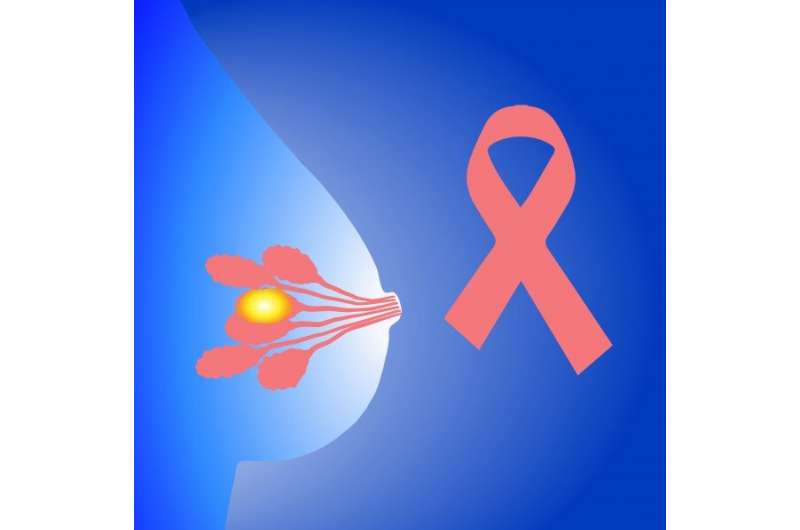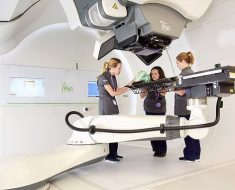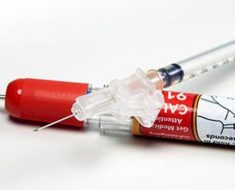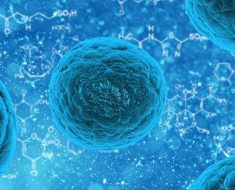
UT Southwestern researchers have identified a causative signaling pathway in breast cancer, providing potential new targets for treatment of the most common type of cancer in women. The findings, published in Science Advances, build on previous work in which the group identified a gene called ZMYND8 as a regulator of breast tumor growth.In the new study, the researchers further characterize a critical role for ZMYND8 and levels of 27-hydroxycholesterol in the development of breast cancer.
“This study identifies a cause of breast cancer,” said lead author Weibo Luo, Ph.D., Associate Professor of Pathology and member of the Harold C. Simmons Comprehensive Cancer Center.
Breast cancer is a leading cause of cancer death among women worldwide. The new discovery may represent a step toward developing effective therapies and identifying breast cancer risk in patients early.
The development of breast cancer begins with a population of cells called breast cancer stem cells that have the remarkable ability to self-replicate. These “bad seeds” drive tumor growth, but how this occurs is not well understood.
Following the identification of ZMYND8 as a regulator of breast cancer growth, Dr. Luo and his colleagues wondered if the gene also played a role in the development of tumors.
Using a mouse model in which the researchers had knocked out the ZMYND8 gene and complementary cell culture experiments, the researchers found that ZMYND8 promotes breast cancer stem cell maintenance and self-renewal, and stimulates the transformation of these cells into tumor cells, leading to breast tumor initiation.
But how?
The researchers demonstrated that ZMYND8 activity leads to increased production of 27-hydroxycholesterol—the major product (or metabolite) of cholesterol oxidation in the human body—while simultaneously blocking 27-hydroxycholesterol breakdown. Cholesterol helps control cell survival and growth, and 27-hydroxycholesterol has previously been shown to modulate the estrogen receptor (ER) to promote ER-positive breast cancer progression (the most common type of breast cancer). But its role in breast cancer stem cells and tumor initiation hadn’t been previously investigated.
The resulting accumulation of 27-hydroxycholesterol leads to activation of the liver X receptor (LXR), which alters gene expression. This ZMYND8-27-hydroxycholesterol-LXR axis collectively boosts the activity of ER-positive and triple-negative breast cancer stem cells and pushes them to grow into breast tumors.
“Together, our study uncovers ZMYND8 and 27-hydroxycholesterol as possible therapeutic targets for the treatment of breast cancer and possible biomarkers that predict risk of breast cancer recurrence and metastasis in patients,” added Dr. Luo.
Other UTSW researchers contributing to this study include Maowu Luo, Lei Bao, Yan Chen, Yuanyuan Xue, Yong Wang, Bo Zhang, Chenliang Wang, Chase D. Corley, Jeffrey G. McDonald, Ashwani Kumar, Chao Xing, Yisheng Fang, Jennifer Wang, and Yingfei Wang.
More information:
Maowu Luo et al, ZMYND8 is a master regulator of 27-hydroxycholesterol that promotes tumorigenicity of breast cancer stem cells, Science Advances (2022). DOI: 10.1126/sciadv.abn5295
Journal information:
Science Advances
Source: Read Full Article





